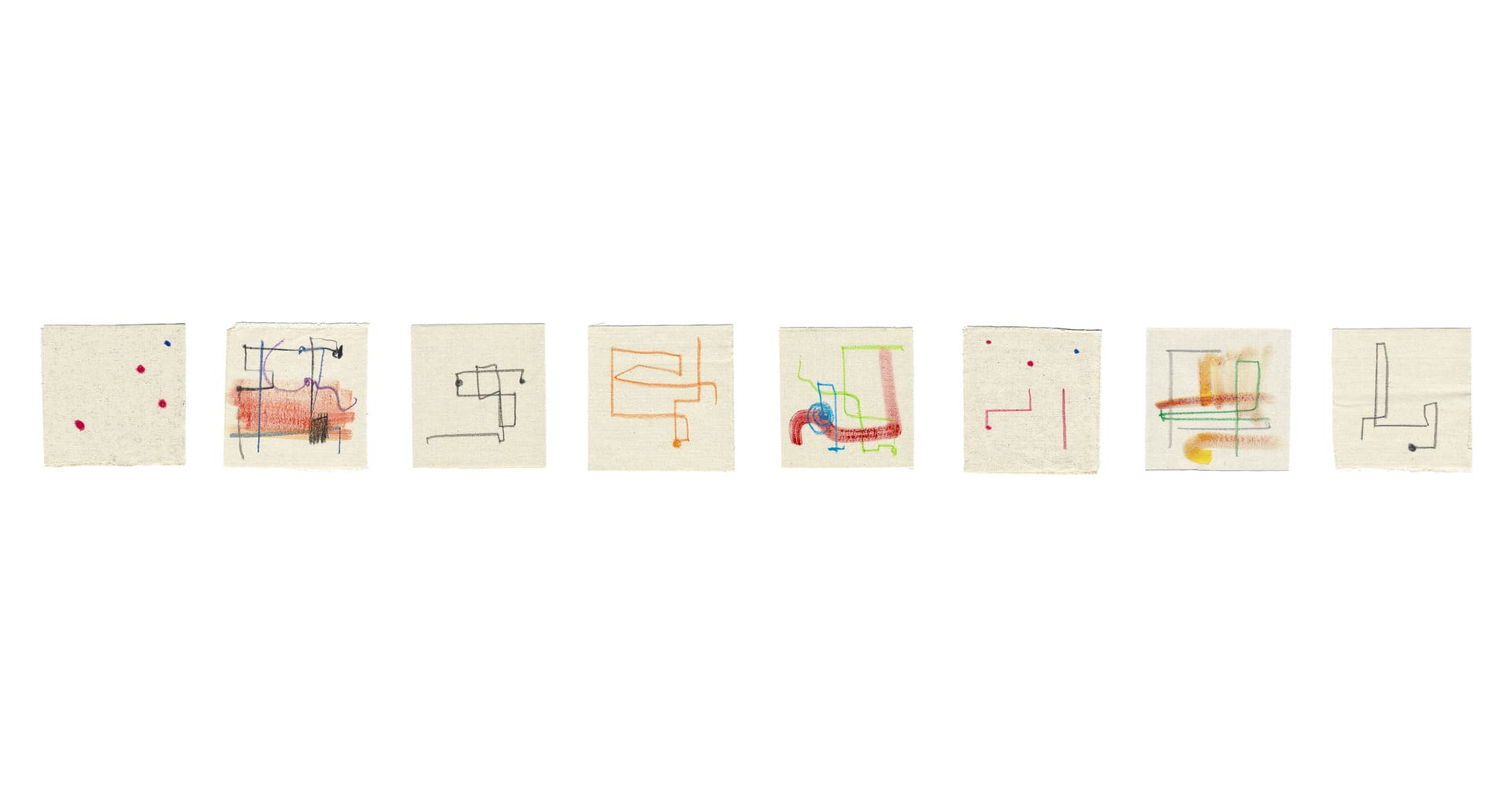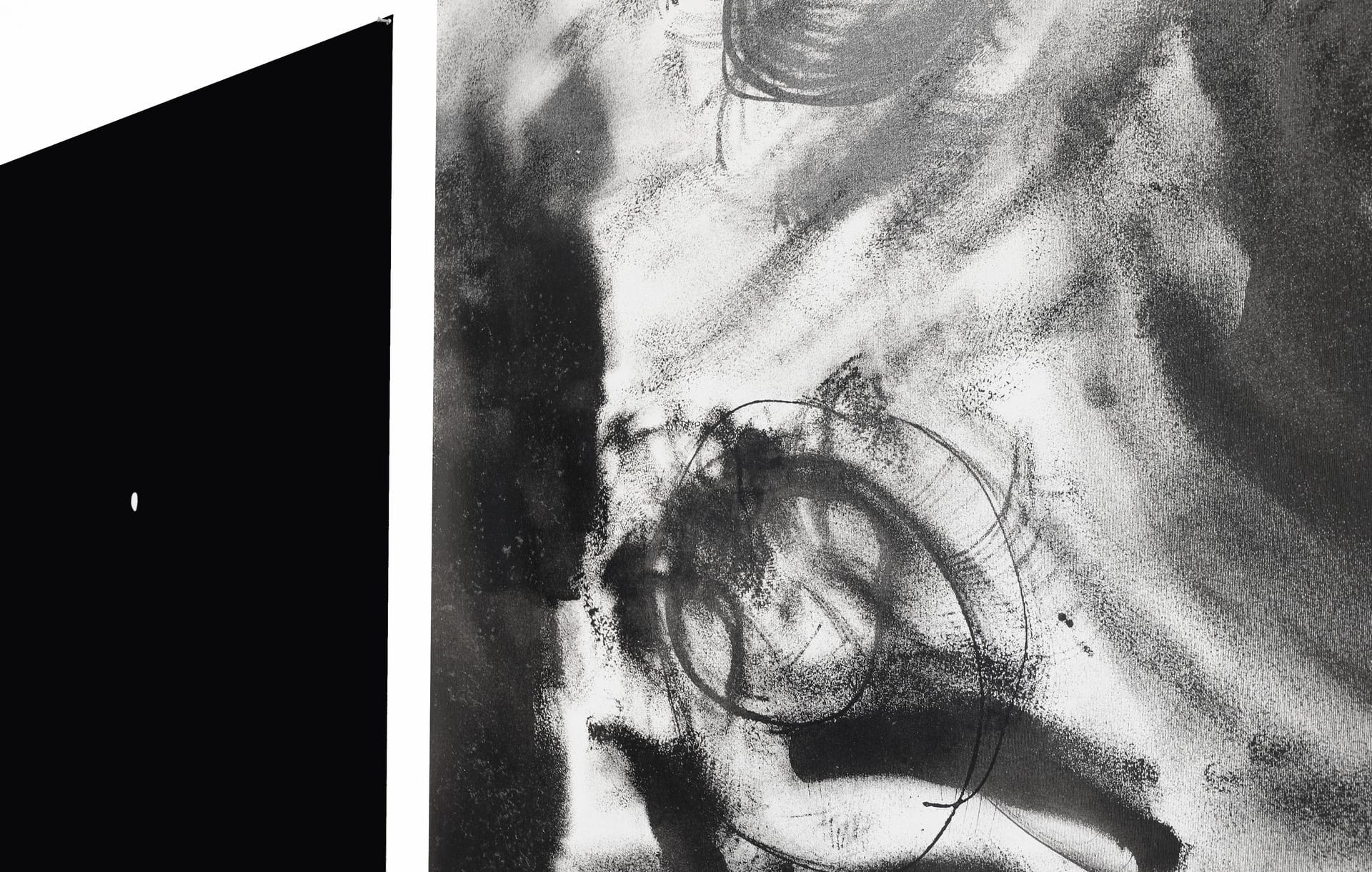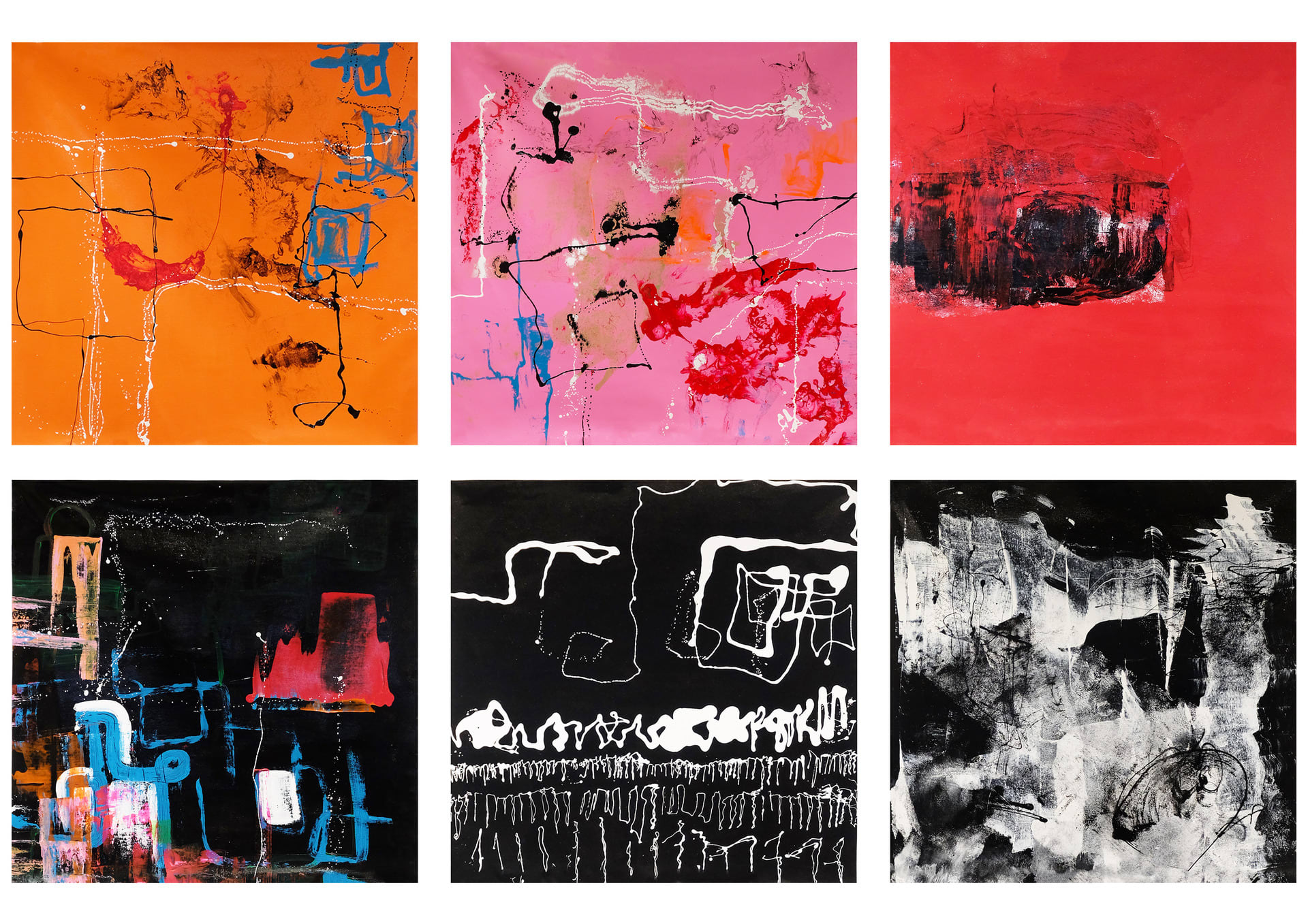Putri Ramadina Taufik is an Indonesian artist based in Jakarta and London. She moved to England in 2014 to pursue her studies and completed her Art and Design Foundation in Brighton. She graduated from Leeds Arts University for her BA in Fine Art and recently completed her MA in Contemporary Art Practice: Critical Practice.
Putri Ramadina Taufik


Intrigued by how one remembers, I challenge the authenticity of memory by questioning one’s relationship with time. Relating this to the COVID-19 pandemic – doubt, hesitation and discomfort, influenced by the uncertainty that we encounter, have affected how we perceive the world.
I divide the keywords into three parts: which are ‘the almost’, ‘the maybe’ and ‘the things that are about to happen’ - leading to the notion of waiting. Is there really a different reality in the midst of hesitation, doubt and uncertainty?
Samuel Beckett’s Waiting for Godot inspires me, as it provides insights of the human condition within the cycle of hope and despair. As an artist who encompasses painting and drawing, I am also influenced by Jorinde Voigt and Christine Sun Kim. Jorinde Voigt draws a visual grammatology formed by delicate marks, lines, curves, numbers, words and collage – transforming them into a diagram-like matrix, whilst Christine Sun Kim, whose first language is American Sign Language (ASL), examines the concept of sound by drawing, painting and performing. She produces new compositions and visual language by incorporating musical notations, graphics, body language and ASL that are often portrayed on paper.
Both Voigt and Sun Kim's approaches of creating their own language fascinate me, as I also try to portray a new narrative in my practice along with past memory and mapping as a method of interpreting a place beyond its physicality. With spontaneous mark-making as a starting point to create my work, I often leave blank areas to emphasise the notions of presence and absence.
Topics such as but not limited to self-surveillance (collecting data for oneself), the tenderness and fragility of maps and the relationship between the body and spaces are also outlined.
Almost everyone touches the notion of waiting as if it is an endless loop that has become a ritual that is performed daily – but, is waiting really part of human life? Are we waiting for the right answer? What are we really waiting for?

















